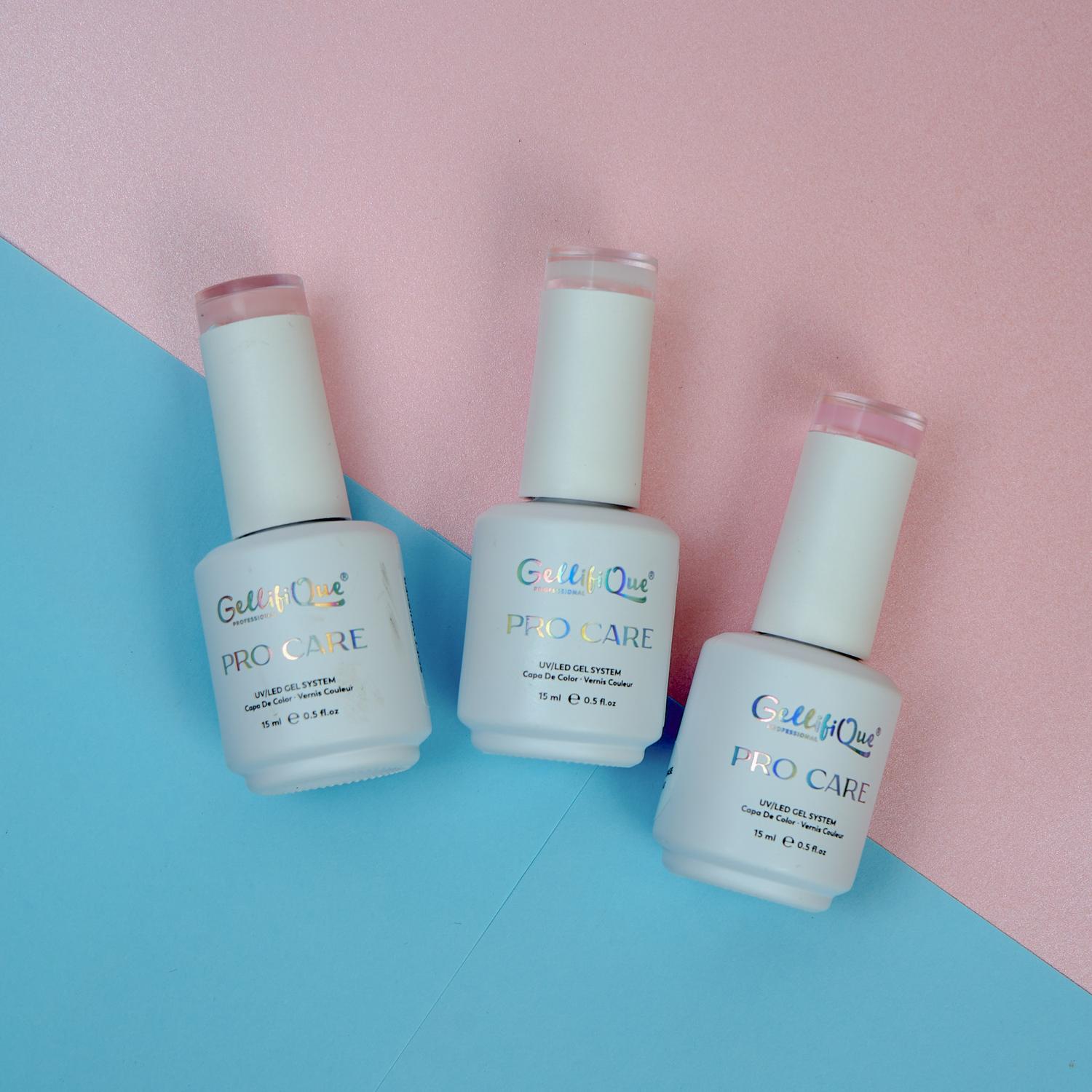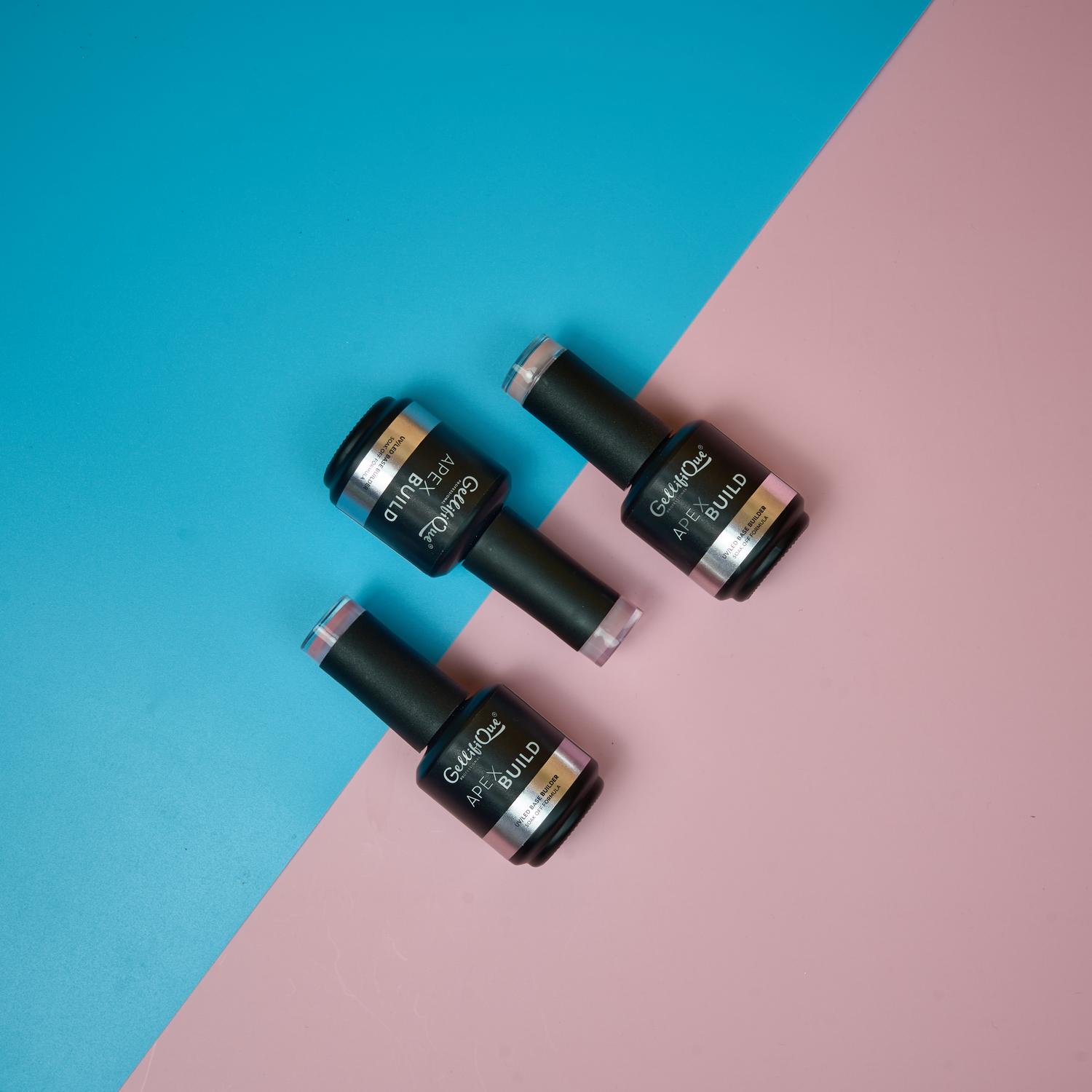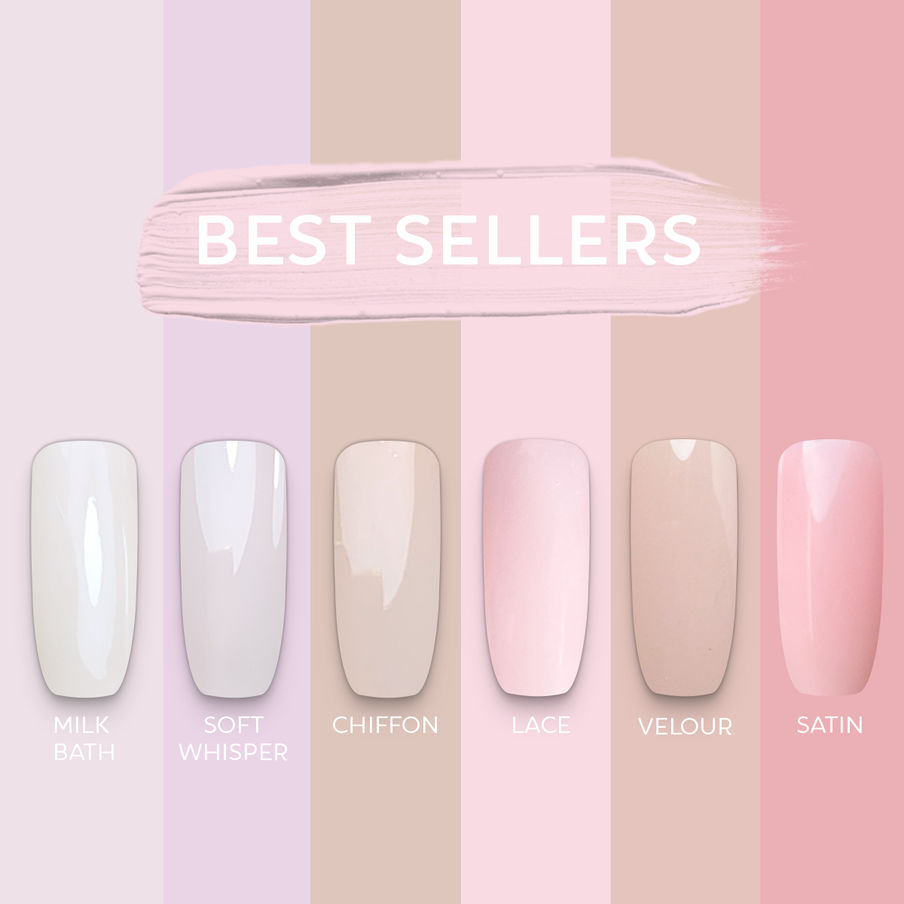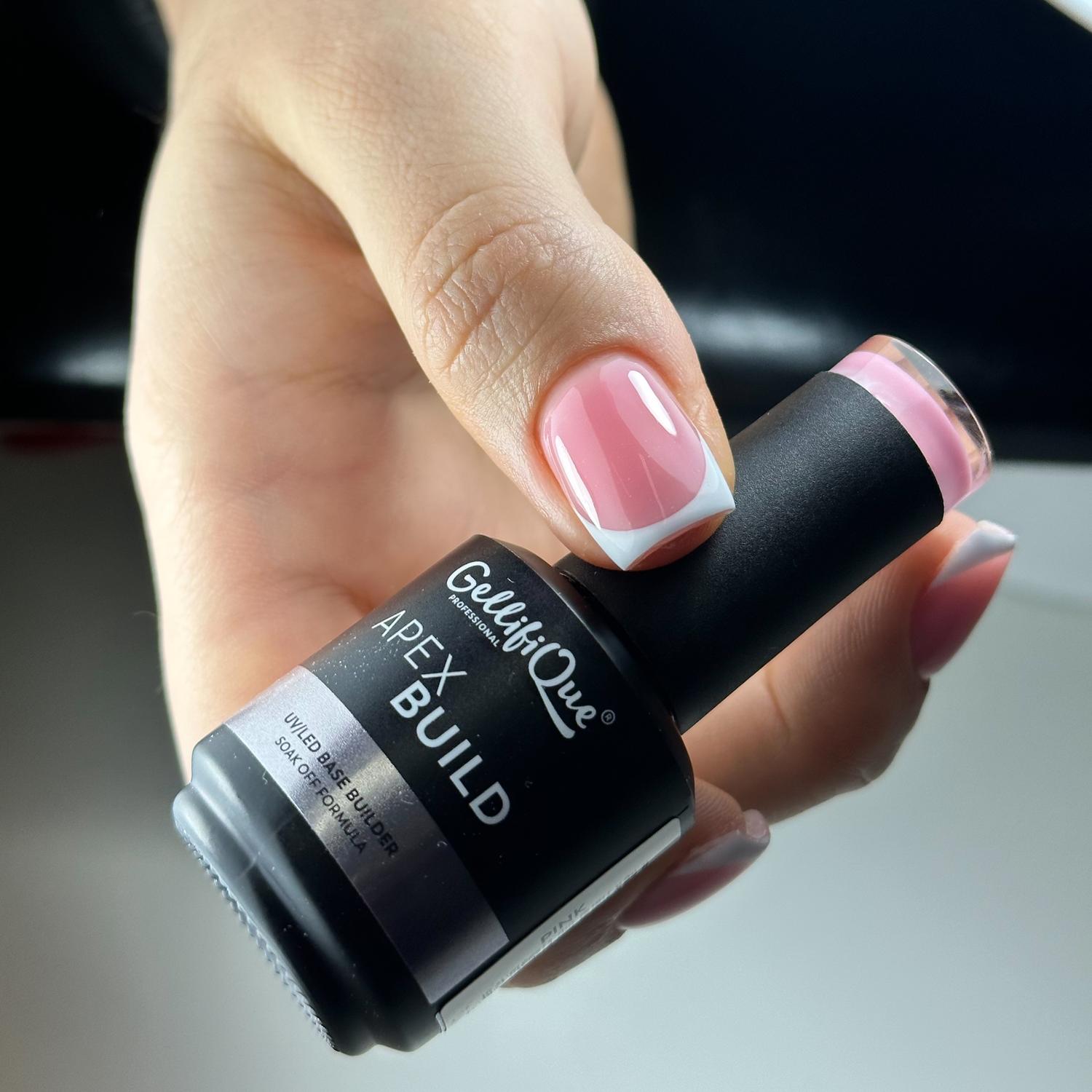Smart Base vs Apex Build
There are many ways to differentiate builder gels these day, by their texture, removal method, viscosity, and packaging. Adding to the mix are various branding terms like "bottle gel," "builder gel," "bottle builder," "builder in a bottle," and our personal favorite, adopted by us and apparently now also by Light Elegance Jimmy Gel, "base building gel."
We are trying to distance ourselves from the popular "builder in a bottle" product name since the late 2018 because we have always said there is a fundamental flaw in that name. It can lead to product misuse through incorrect application, resulting in a host of issues such as allergies, onycholysis, and chemical burns.
It's good to see that the nail industry is slowly starting to recognise these pitfalls. Despite the popularity of the BIAB (Builder In A Bottle) craze, more customer-oriented decisions are now being made regarding product names, labels, and marketing. However, there is still a long way to go.
Testing Your Bottle Builders the Right Way
Despite the various marketing names, there is an easy way to determine whether the product category aligns with the marketing name, giving the nail technician the necessary information to exercise certain precautions.
These criteria always include: how rigid the gel is after polymerisation/curing and whether or not it can be soaked off easily.
- Rigidity/Hardness Test after Polymerisation: Apply your gel in a thicker layer around 1-2 mm, cure for the full recommended time, wipe off the tack, let it cool off for 30 seconds or so and then bend it. Take two "bottle builders" and compare their hardness. Remember, we are not trying to determine the depth of the polymerisation (how well it cures) but simply how rigid it is to determine which gel can be used for which nail length.
- Soak Off Test: Some manufacturers claim their bottle gels are soak-off formulas, but if you have to remove 80%-90% of the product manually before soaking it off, the product does NOT fall into the soak-off category. The brand is simply trying to get the Nail Technician to reduce the product bulk down to its most flexible layer/the base layer, which will obviously be soak-off. The upside is that this is a hard builder gel in a bottle, so you don't have to work in a dual sculpting technique (where you combine a hard gel and a soak-off gel on a longer nail). However, the first test should still be done to determine just how "hard" it is.
Why Are These Tests and Knowledge Important to an NT?
UV/LED Gel Rigidity/Hardness Test
In chemistry, the gel's rigidity after polymerisation indicates that the polymer chains have formed a tight, closely-knit network. A tightly cross-linked network results from the ingredients used in the formula, meaning the polymer chains are closely bound to each other, resulting in a more rigid and sturdy gel. A more flexible gel has a less tightly cross-linked polymer network, with polymer chains more loosely connected. This flexibility can hinder the curing process in thicker layers, as the loosely bound network may not support the formation of a solid, fully cured layer. Such gels are more likely to remain partially cured posing a significant Health and Safety risk.
UV/LED Ease of Soak-Off Removal Test
If you are working solely with soak-off gel systems, it is crucial to choose products truly optimised for an easy soak-off. The use of acetone on an ongoing basis is extremely dehydrating, with visible changes to the natural nail plate within 3-6 months of ongoing nail service. Combined with re-application and re-prep of the same area, it begins to damage the outer layers of the nail plate and exposes the more vulnerable areas. This makes the nail plate more likely to absorb and react to the chemicals contained even in the best nail products, nail prep, and removal solutions.
Micro detachments are tiny separations between the layers of the nail plate that occur when the bond between keratin cells is weakened by physical or chemical stress. These micro detachments can manifest as white, chalky-looking patches or spots on the nail plate, as the separated layers reflect light differently than the intact nail, giving a white or chalky appearance. This initial issue can escalate and lead to further problems.
Ensure that you are updating your nail training regularly to opt for infills and choose soak-off gels optimised for a quick soak-off removal. This reduces time exposure to acetone, repeated rewrapping, and mechanical stress due to buffing and filling every 4-6 weeks.
Gellifique Base Building Gel Options

SMART BASE - £16.50
BUY NOW |
- Creates a more rigid layer after polymerisation due to the presence of Urethane Acrylate and Aliphatic Urethane Acrylate: These ingredients are known for creating a rigid and tough polymer network upon curing. They enhance the structural integrity of the gel, resulting in a harder feel post-cure. The formula also contains Silica Silicate and Silica: These additives contribute to reinforcing the gel and providing additional strength.
- The rigidity of the Smart Base means it can be used on nails with a longer free edge that need more support in the stress zone and also holds its shape slightly better than Apex Build.
- The products are less pigmented than Apex Build.
- It's optimised for damaged nails with its vitamin E additives and a gentle formula for those with acrylate sensitivities.
- It is optimised for a quick soak-off removal.

APEX BUILD - £16.50
BUY NOW |
- Apex Build, on the other hand, contains different ingredients such as Bis-HEA Poly(1,4-butanediol)-9/IPDI copolymer which contributes to the product's superior retention and adhesion properties.
- Meanwhile Silica helps in controlling viscosity and providing structure to the gel.
- The product is more pigmented and provides full coverage on most nails.
- It is not as rigid as Smart Base after polymerisation but still holds shape well and will provide enough support to natural nails in normal condition.
- It is optimised for great retention as the formula prioritises flexibility over strength to cushion nails that are prone to product lifting and enhanced adhesion without the use of harsh acids.
- It is also optimised for a quick soak-off removal.
You can try both of these products in our "Best Sellers" set , made up of 3 most popular colours from each range.

BEST SELLERS - £84.15Discover a curated mix of six hues, with top-selling Smart Base shades now also enriched with vitamin E and the three top selling Apex Build. Enjoy a 15% discount on this exclusive set. BUY NOW |
